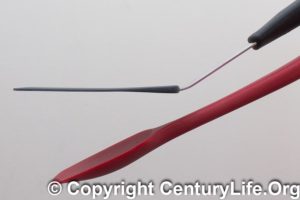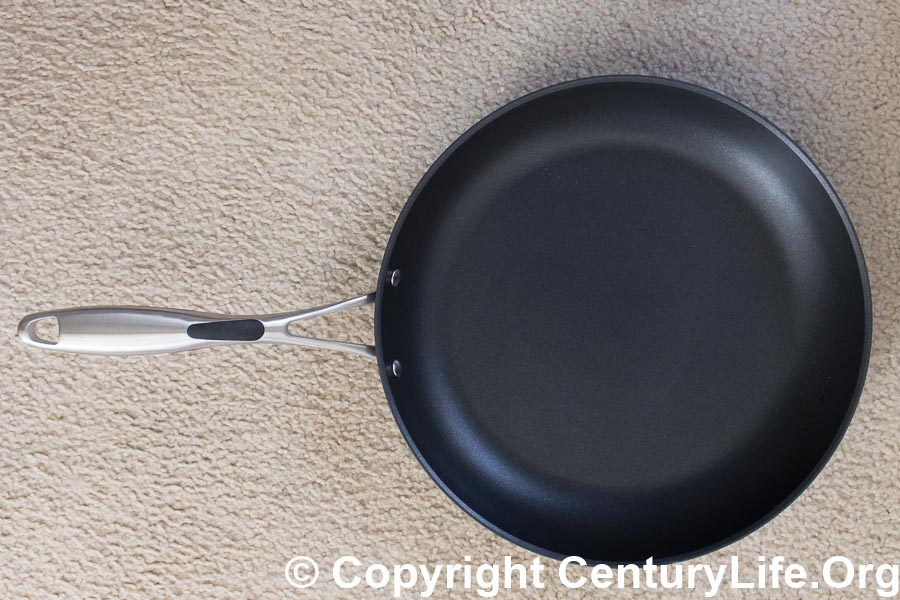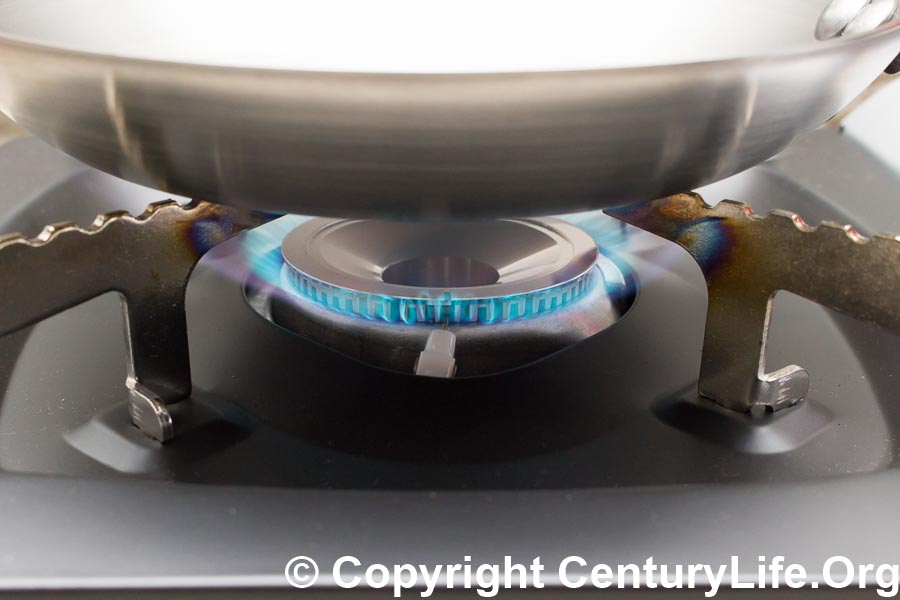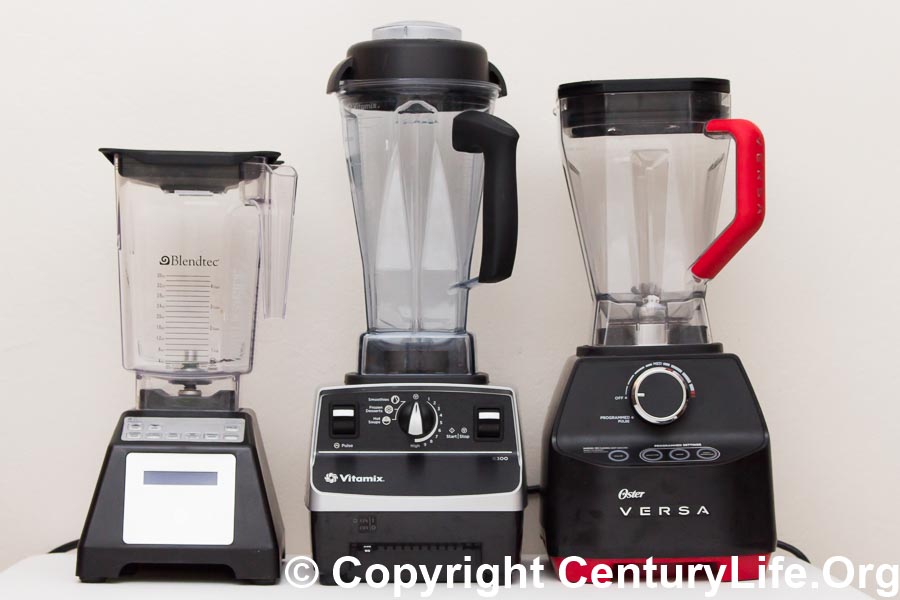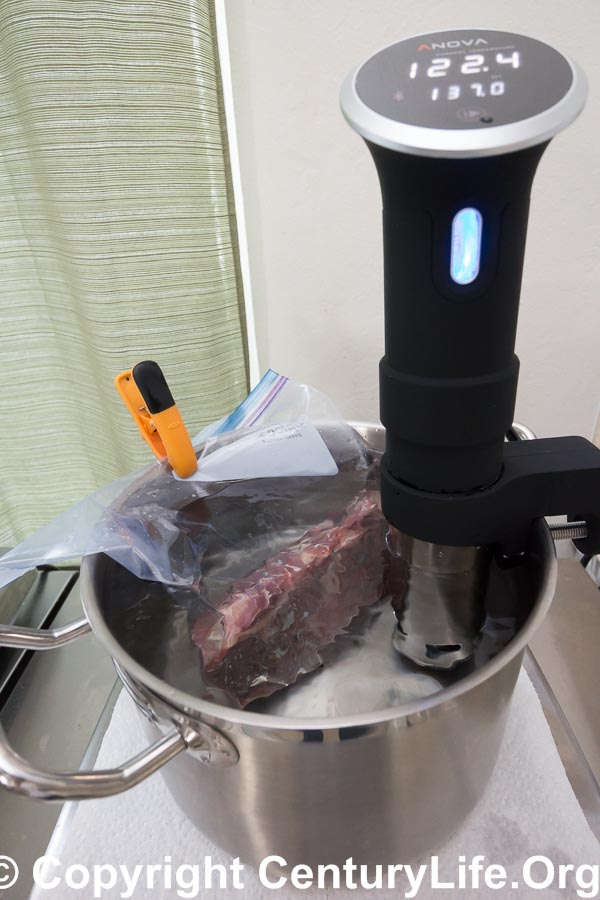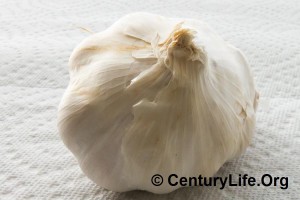BACKGROUND
In a busy kitchen, nothing beats universal utensils for ease of use; you don’t want to think about whether a spatula is going to scratch nonstick cookware or not. Thus I’ve gone almost 100% silicone. Plastic and (most) wood utensils won’t scratch up your nonstick pans, either, but they generally don’t tolerate heat and/or moisture as well as silicone. In particular, nylon plastic utensils can soften and melt when exposed to temperatures above 400 degrees Fahrenheit (the exact temperature depends on the plastic).
Furthermore, some manufacturers coat their entire utensils in silicone, instead of just the head of the utensil. A seamless silicone covering does a few things:
- No seams = no place for food/grime to build up
- Makes the handles impervious to heat as well. (Uncoated plastic handles can melt if you rest them onto the rim of hot pans.)
DEFINITIONS
Let’s get definitions out of the way.
- Turners are for cooking. The head of a turner will be angled, to allow you to reach the bottom of a saute or fry pan more easily to flip food.
- Spatulas are mainly for baking and food prep. They are relatively straight from end to end and allow you to scrape the sides of bowls/jars/cans/etc. effectively.
- Scrapers are small spatulas you can use to scrape food from the insides of narrow jars.
WHAT MAKES FOR A GOOD SILICONE SPATULA/TURNER/SCRAPER?
